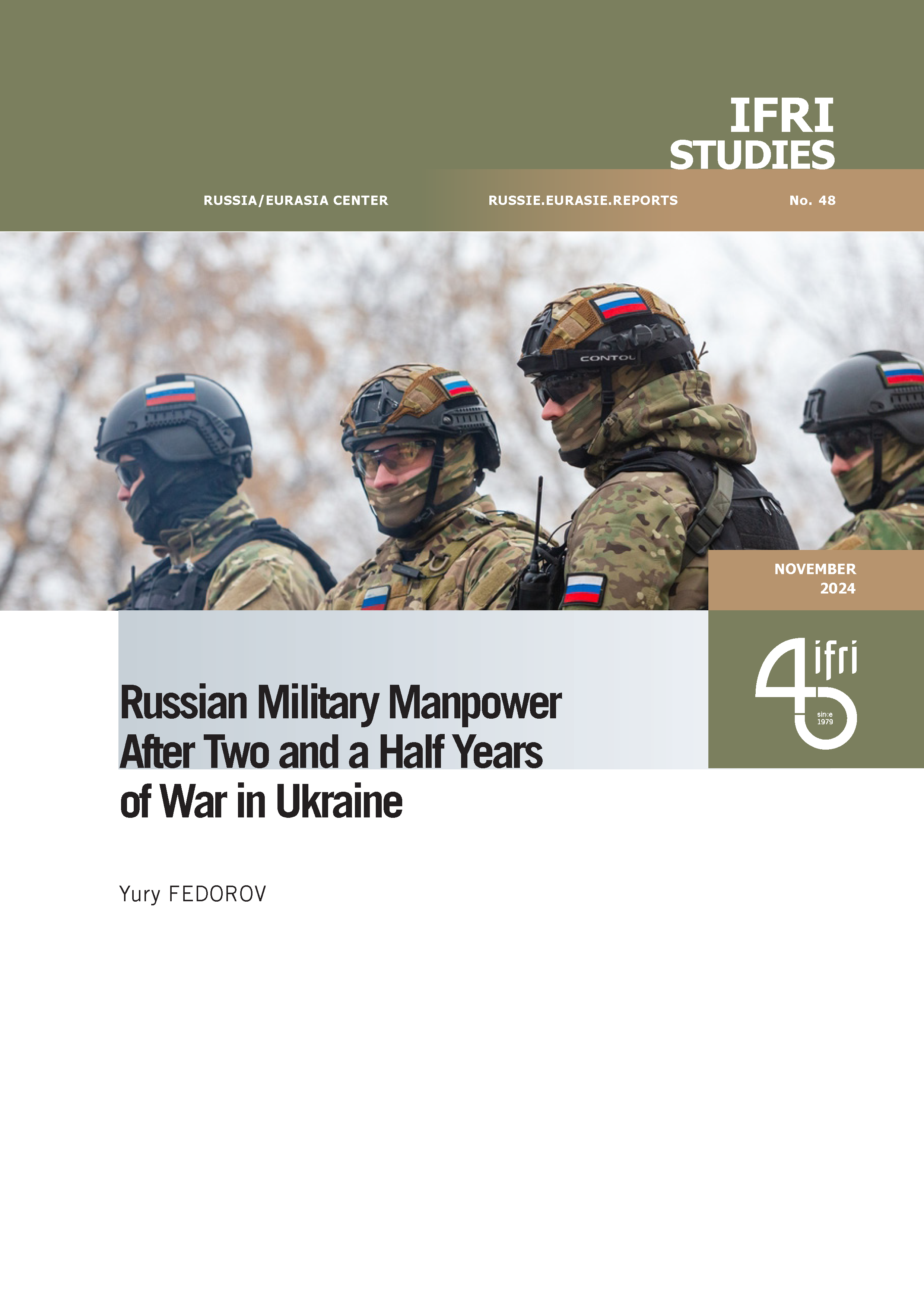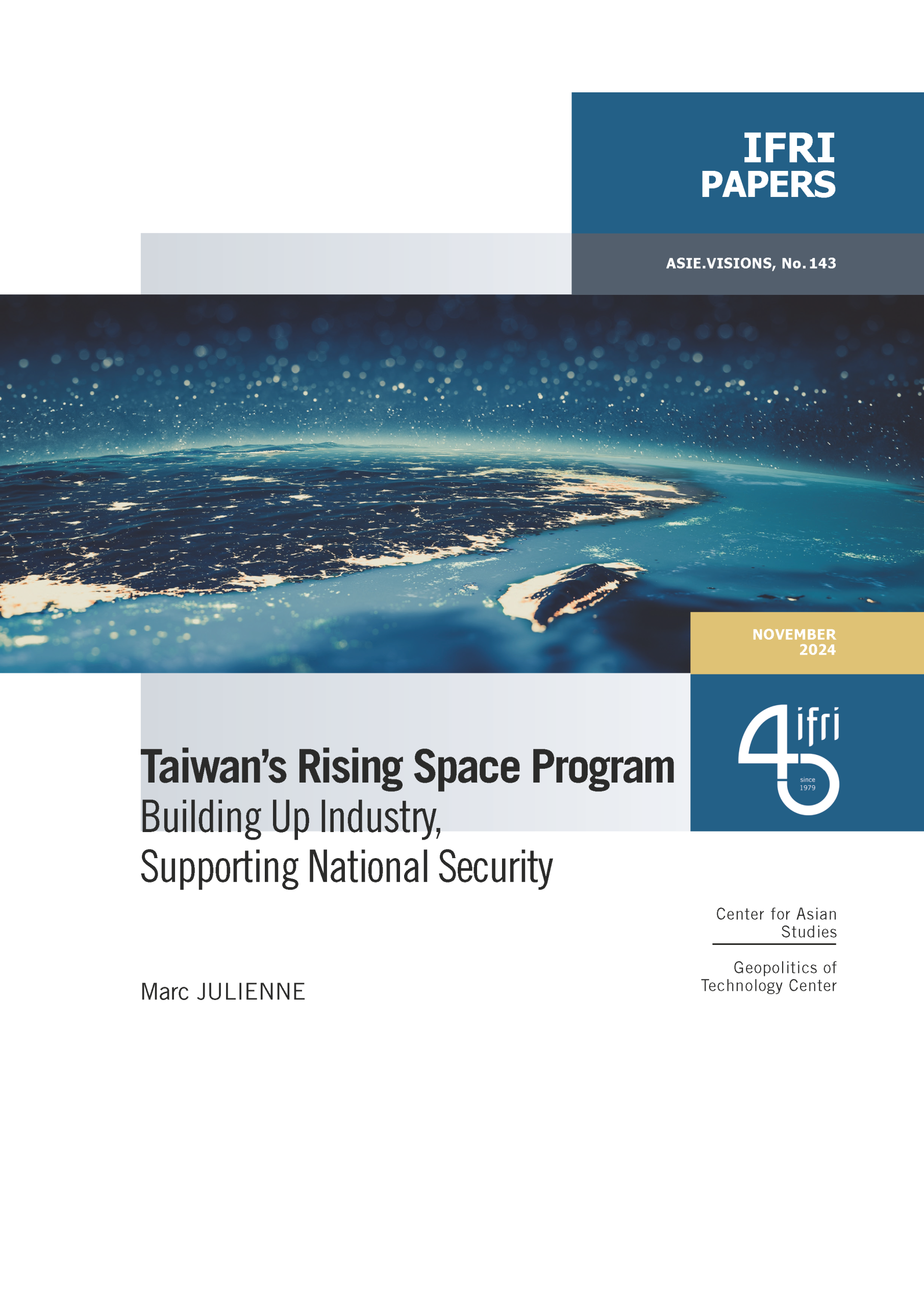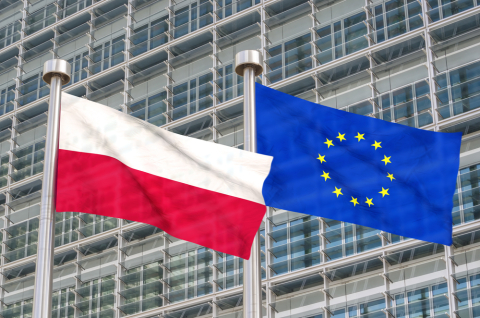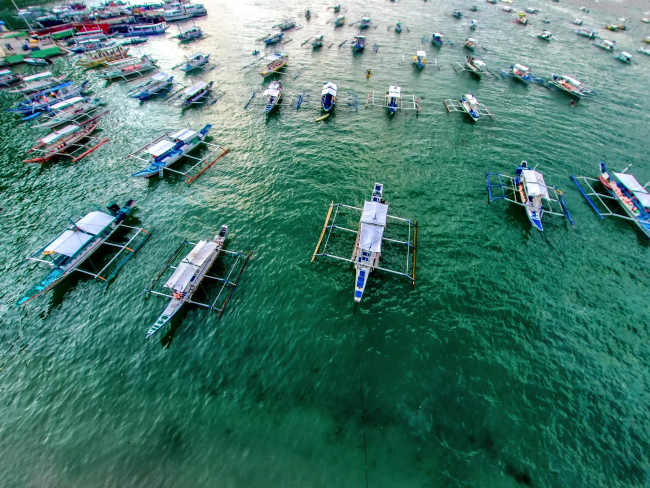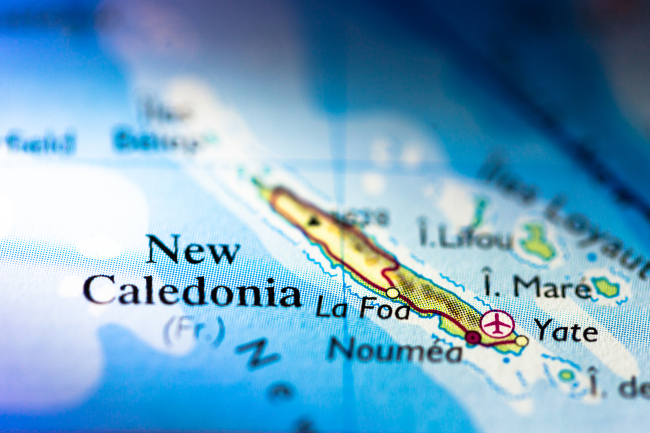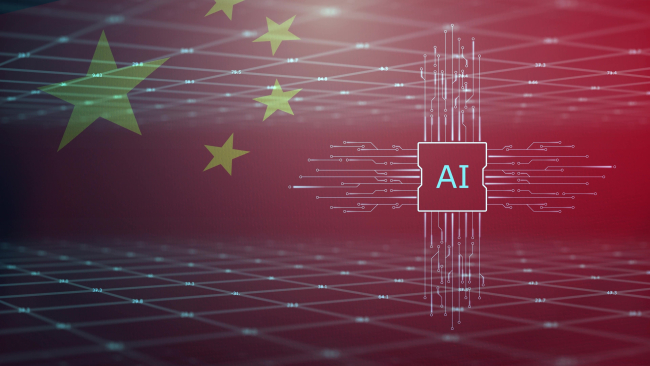Modernizing the People's Liberation Army: The Human Factor
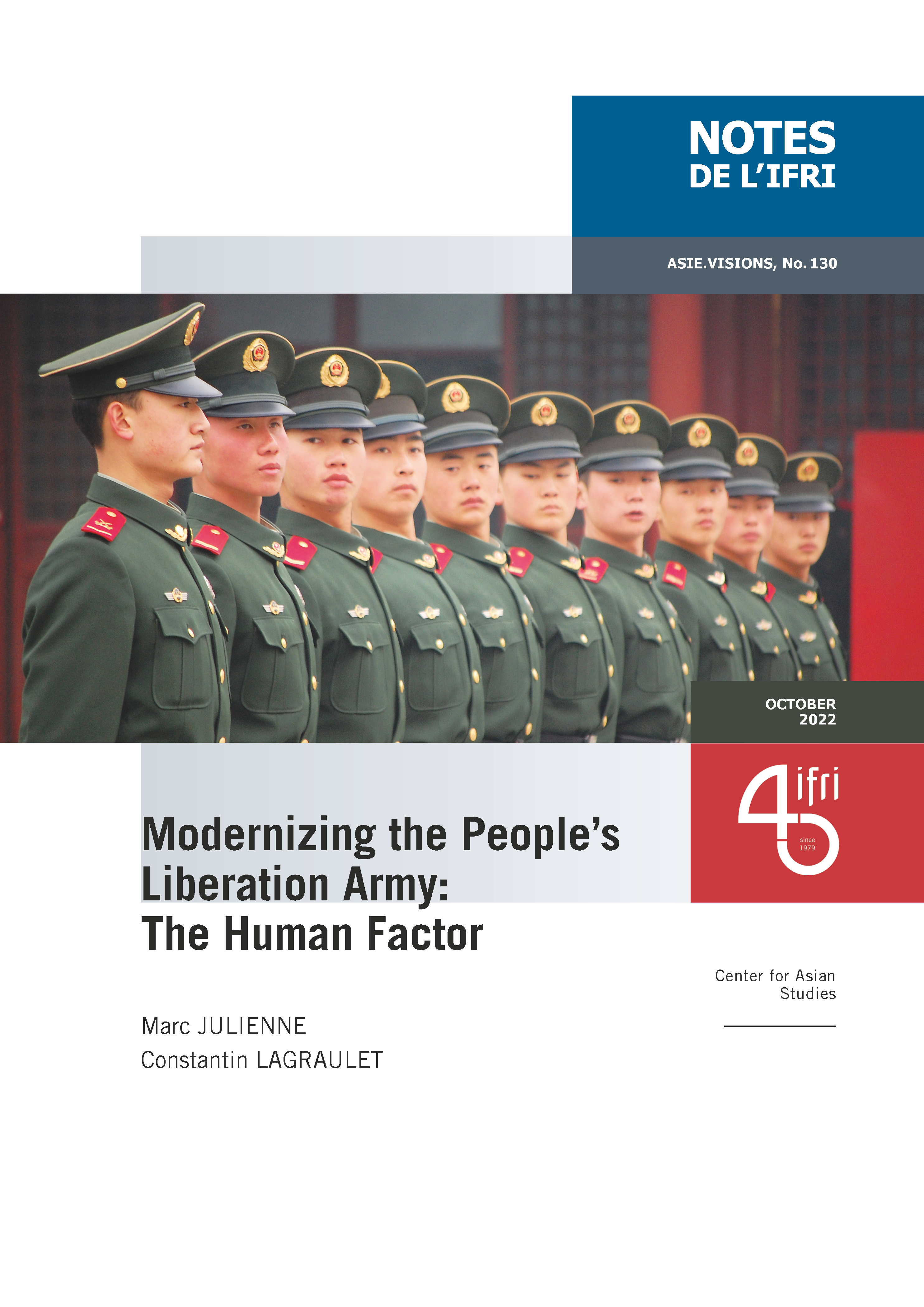
The tremendous demographic challenges facing China will not significantly affect the People’s Liberation Army (PLA) in the immediate future, but will become more problematic in the medium and long term. The rapid aging of the population and the resulting socio-economic imbalances will put pressure on defense budgets, military wages and the general attractiveness of the army. For the time being, the PLA’s primary goal in terms of human resources is to build a less oversized, more professional army, prepared for high-intensity combat.
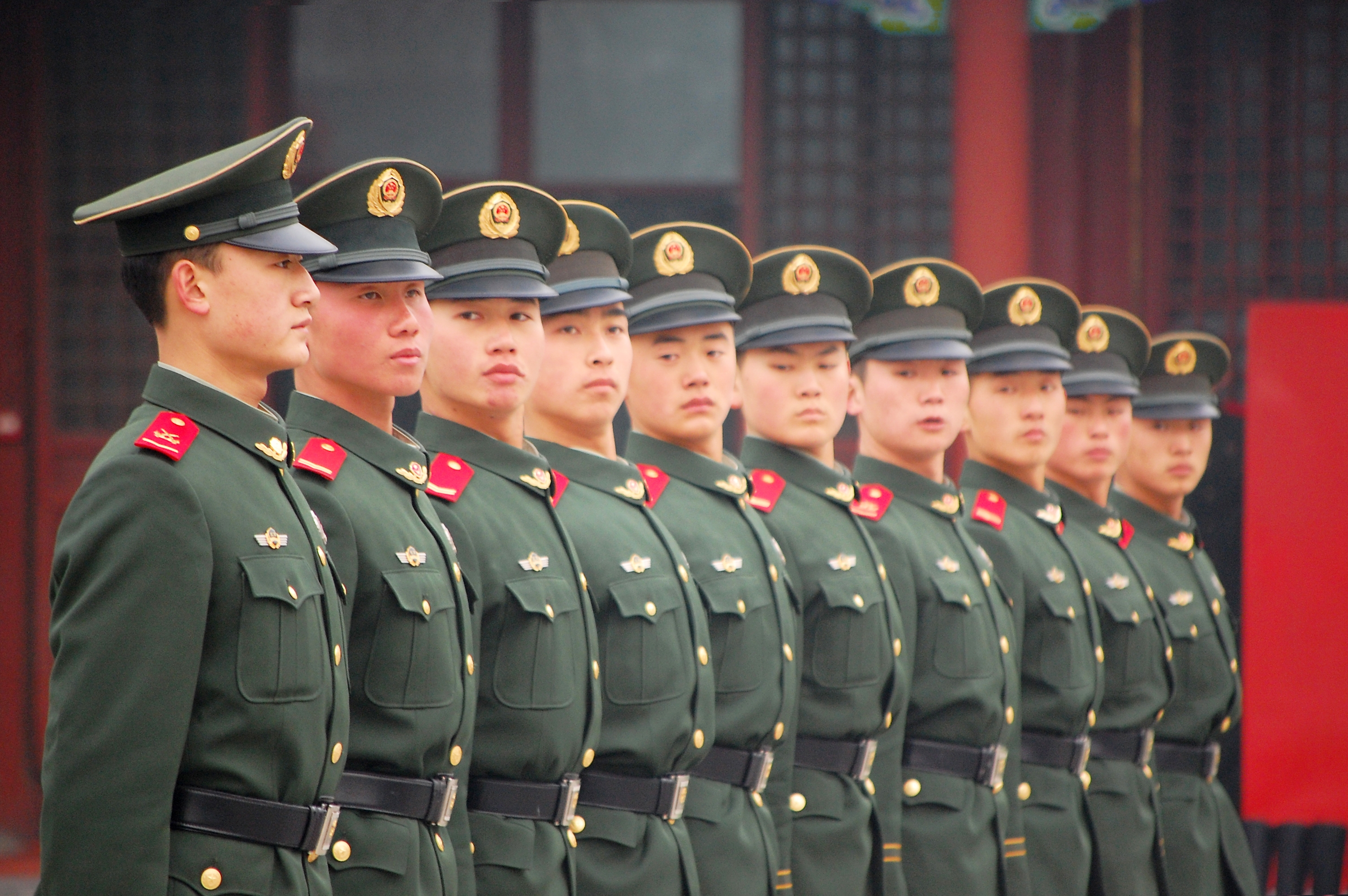
This objective is in line with the institutional reform of 2016, which shortened the chain of command and strengthened the political and ideological control of the Communist Party of China (CPC) over the PLA through an overhaul of the Central Military Commission (CMC).
This reform also involved a major restructuring of China’s armed forces. The PLA is pursuing a streamlining target that emphasizes quality over quantity. This qualitative improvement concerns equipment, forces and chains of command, and is driven by the need to elevate modernity, operational effectiveness and interoperability. An analysis of the evolution of the PLA Navy Marine Corps and the People’s Armed Police (PAP) demonstrates this qualitative upgrading trend and the prioritization of combat readiness.
To integrate increasingly modern and complex equipment, the PLA is also focusing on recruiting and retaining young conscripts and volunteers with a high level of education, in order to increase the number of commissioned and non-commissioned officers. The major reforms being carried out thus aim to enhance the status of the military so as to strengthen its economic and social attractiveness. On the other hand, the PLA, like other armies around the world, is confronted with societal phenomena such as internet addiction, near-sightedness and obesity, which hinder its ambitions and force it to make trade-offs in its selection standards.
Download the full analysis
This page contains only a summary of our work. If you would like to have access to all the information from our research on the subject, you can download the full version in PDF format.
Modernizing the People's Liberation Army: The Human Factor
Related centers and programs
Discover our other research centers and programsFind out more
Discover all our analysesThe Case for Enhanced France-Philippines Maritime Cooperation
France and the Philippines, two Indo-Pacific nations, can capitalize on their shared interests, needs, and expertise in maritime security and governance, ultimately fostering strategic rapprochement.
France’s maritime security cooperation in the Pacific
France plays a significant role in Pacific maritime security, particularly through the active participation of its overseas territories and the contribution of its stationed armed forces to regional cooperation initiatives.
Taiwan’s Rising Space Program: Building Up Industry, Supporting National Security
Taiwan, known for its leadership in semiconductors and information and communications technology (ICT), is now making significant strides in the space industry. While historically modest, Taiwan’s space program has seen a transformation since 2020, driven by President Tsai Ing-wen’s commitment to expanding the country’s space capabilities. Key milestones include the passage of the Space Development Act and the creation of the Taiwan Space Agency (TASA), which has bolstered the resources and visibility of Taiwan’s space ambitions.
AI and Technical Standardization in China and the EU: Diverging priorities and the need for common ground
Given the highly disruptive potential of AI, global cooperation on AI safety and governance is imperative, and yet the deeply transformational potential of AI also ensures that a high level of competition and systemic rivalry is likely unavoidable. How can the EU best manage its complex relationship with China in the field of AI so as to ensure a necessary level of cooperation in spite of competition and rivalry?


